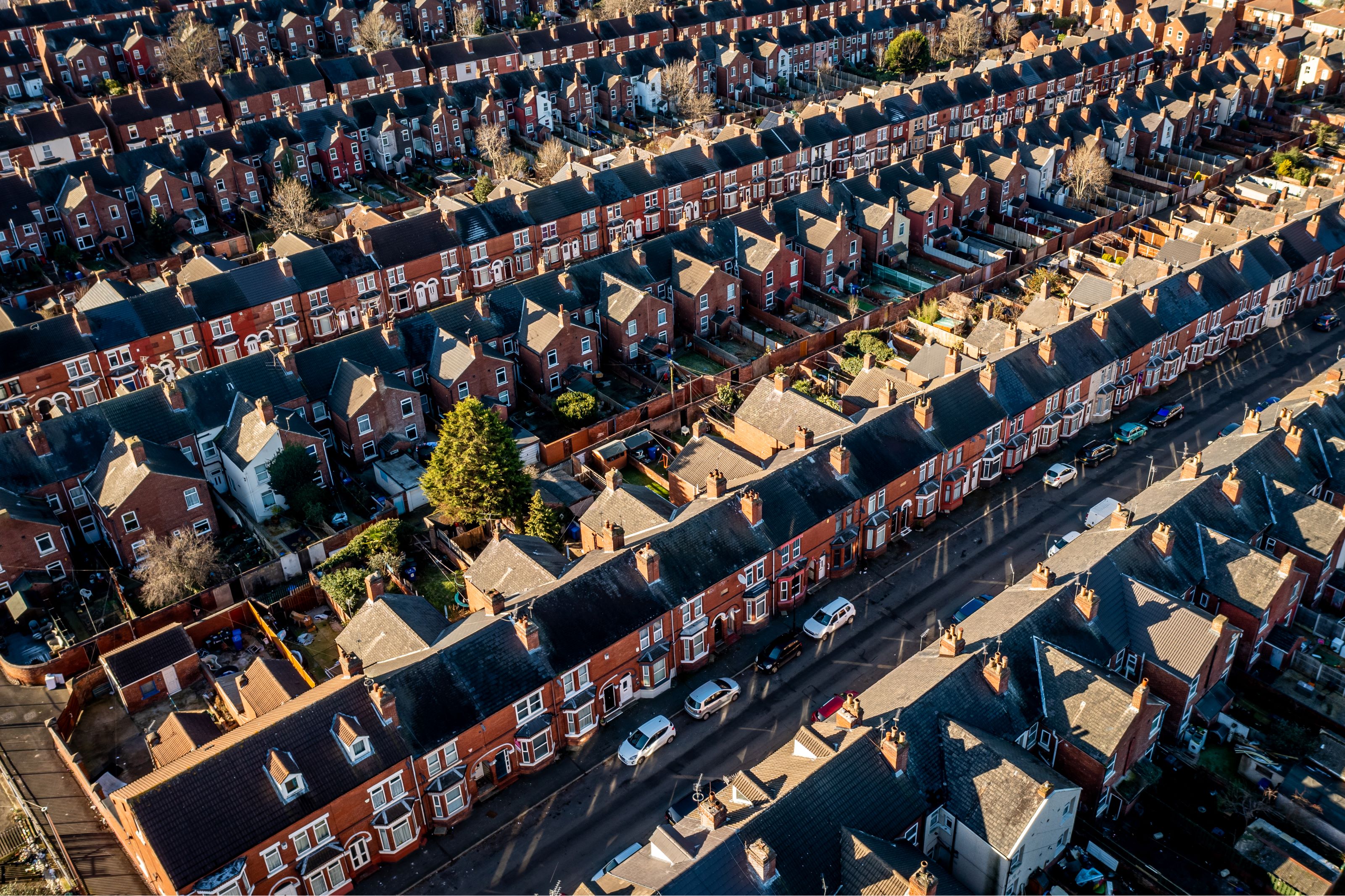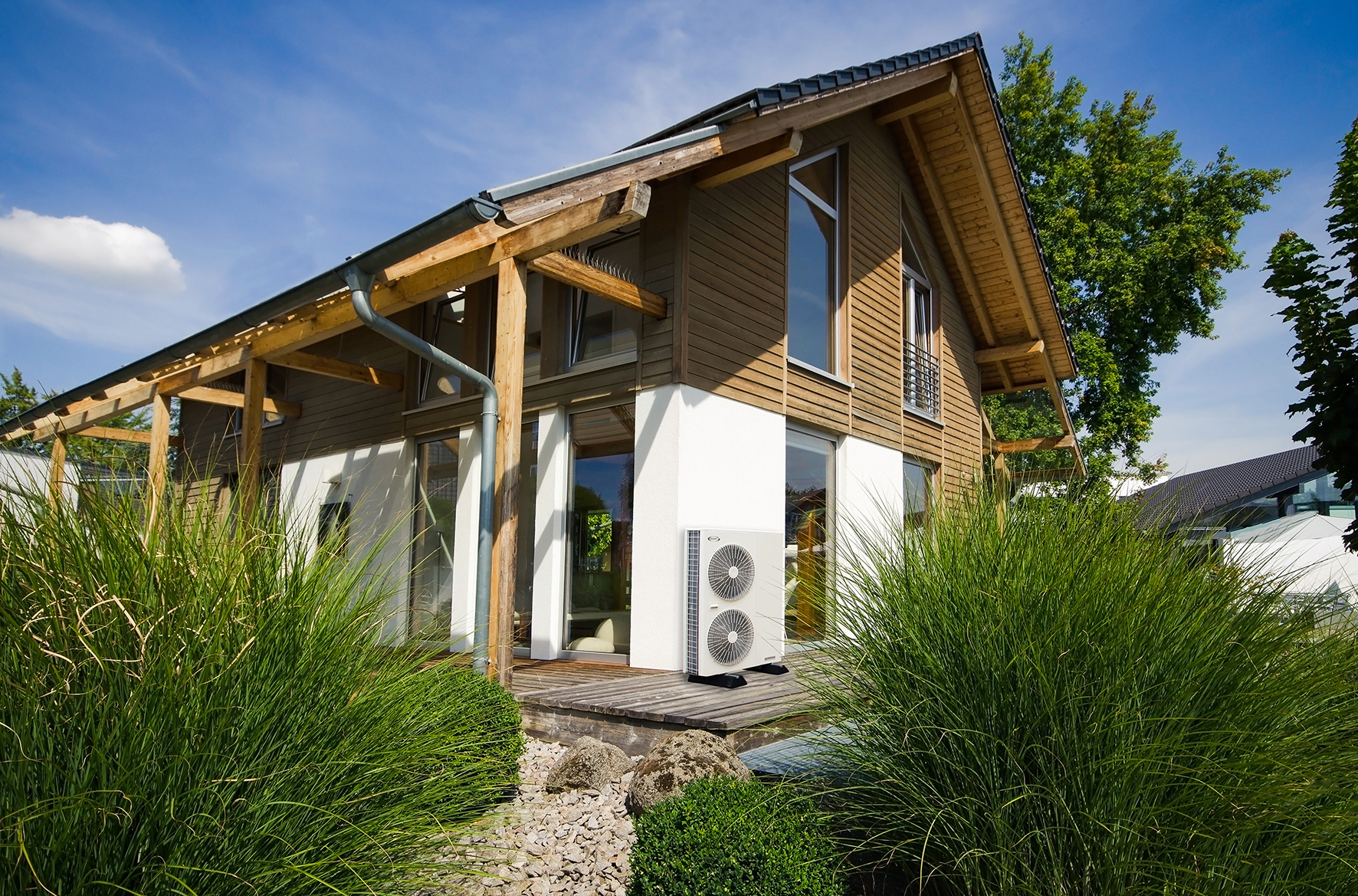Why terraced homeowners may need planning permission for heat pumps
Millions of terraced homeowners are finding they do not qualify for permitted development rights for heat pump installations as their homes border too close to neighbouring properties

Millions of homeowners in the UK could be blocked from installing heat pumps due to restrictive permitted development rights.
If you live in a terraced home you may be forced to apply for planning permission as your home may be too close to neighbouring properties to qualify.
This has prompted calls from industry experts to relax the planning rules regarding air source heat pumps in order to encourage take up of the green energy heating system as the government scrambles to meet its net zero targets.
What are the permitted development rights for heat pumps?
Heat pumps are permitted developments, meaning residents do not need to apply for planning permission to install the devices provided they meet a set of criteria, such as distance from neighbouring properties.
Permitted development rights in England mean heat pumps must be at least one metre away from your property’s boundary, or if you’re installing an air source heat pump on a flat roof it must be one metre from the edge of the roof of a neighbouring house.
The distance is even greater in Wales and Northern Ireland, at three metres, although Scotland does not require a set distance between homes for heat pumps.
Heat pump legislation could block terraced installations
Permitted development rights could be blocking terraced properties from gaining access to the heating system as many do not qualify.
Get the Homebuilding & Renovating Newsletter
Bring your dream home to life with expert advice, how to guides and design inspiration. Sign up for our newsletter and get two free tickets to a Homebuilding & Renovating Show near you.
As terraced homes tend to be grouped close to one another and share neighbouring walls many of these homes will not qualify due to not being 1m apart, forcing terraced homeowners to submit planning applications for heat pumps, potentially discouraging them from applying altogether.
There are currently over six million homeowners living in terraced homes, which would represent a significant lost market for the heat pump market.
Chris Yates, chief executive of the Federation of Environmental Trade Associations, said that if heat pumps cannot be installed within permitted development laws billpayers will be expected to submit proposals to local planning authorities.
Yates stated: “There’s generally issues with planning on just about everything. What the government has got to do is at least get some common practice between devolved administrations.
“You could have certain scenarios when you’re in terraced property and [unsure] what are the sort of words that would get you planning. That’s where it’s about getting more guidance from planning officers on what ‘good’ [proposals] look like.”

One of the main reasons for this distance requirement is the potential noise that can be produced from heat pumps.
The government previously launched a review into loud heat pumps after there were some reports that too many heat pumps in such close proximity caused the noise to go above 42 decibels, the acceptable level of noise.
According to Mike Foster, the Chief Executive of the Energy and Utilities Alliance and a former Labour MP, the planning regulations for heat pumps were “an issue that has been flagged up as one the obstacles or barriers for people that want to see heat pumps deployed typically in terraced houses across towns and cities in the UK."
However, Foster warned that removing the one-metre rule could mean households installing heat pumps that have greater noise pollution on neighbouring homes.
He stated: “Nobody has really tested or trialled what a neighbourhood of a dozen houses sounds like when they have their heat pump going at the same time.
“That’s why we have asked Ofgem and the Government to issue a heat pump village trial so we can see exactly what the pitfalls might be to a highly concentrated number of heat pumps in a small area.”
Limitation could delay heat pump rollout further
The limitations of planning rules for heat pumps could hold back the government's heat pump targets even further, campaigners say.
As part of the government's aim of reaching net zero by 2050, the government has set a target of reaching 600,000 heat pumps by 2028, however, according to figures from Ofgem, this seems unlikely to be achieved, as only a total of 42,779 heat pumps were installed in the UK last year.
This has led to the UK lagging behind in its heat pump uptake to the rest of the world, with industry experts calling for planning reforms towards heat pumps.
According to David Hilton, Homebuilding & Renovating's heating expert, the UK's lack of uptake of heat pumps can be attributed to the legislative barriers, which must be eased for heat pumps to become a mainstream heating solution.
Hilton summarised the situation in the UK: "Things are changing but more needs to be done to enable heat pumps as a common mainstream go-to heating solution."
There is currently a review underway in Wales regarding the three-meter rule due to concerns it is a “potential barrier" to heat pump uptake and a Department for Energy Security and Net Zero spokesman said: “We are fully focused on delivering our aim of 600,000 heat pump installations a year by 2028.
“The Government is currently conducting an independent review of the relevant planning rules, which will report in the summer.”

News Editor Joseph has previously written for Today’s Media and Chambers & Partners, focusing on news for conveyancers and industry professionals. Joseph has just started his own self build project, building his own home on his family’s farm with planning permission for a timber frame, three-bedroom house in a one-acre field. The foundation work has already begun and he hopes to have the home built in the next year. Prior to this he renovated his family's home as well as doing several DIY projects, including installing a shower, building sheds, and livestock fences and shelters for the farm’s animals. Outside of homebuilding, Joseph loves rugby and has written for Rugby World, the world’s largest rugby magazine.
